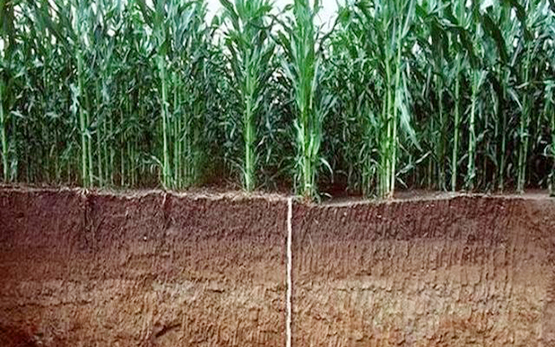Agricultural greenhouse gas emissions are largely controlled by management and changes in land-use. Soil carbon storage as well as methane and nitrous oxide emissions are particularly sensitive to these components; any changes in them feed back to our climate system, to the soil and hence to the environmental impact of agriculture.
Agroecosystems emit greenhouse gases (GHGs) as nitrous oxide (N2O) from soil and animal husbandry, and as methane (CH4) from animal husbandry; they also regulate the C stock of the soil through the uptake and release of CO2 in form of organic matter. Most of these emissions are therefore anthropogenic.
In Switzerland, agricultural CH4 and N2O emissions account for c. 10% of the total GHG emissions. CO2 is also emitted from managed soil or from soils under land-use change but the magnitude of these emissions is more difficult to estimate.
The development of strategies to mitigate these emissions requires a sound understanding of the underlying processes that form GHGs, as well as the ability to simulate GHG fluxes by means of dynamic modelling. Additionally GHG emissions and carbon sinks tend to be unevenly distributed in time and space; hence, the identification of so-called hot spots and hot moments is important, as well as the regional upscaling of emissions.






